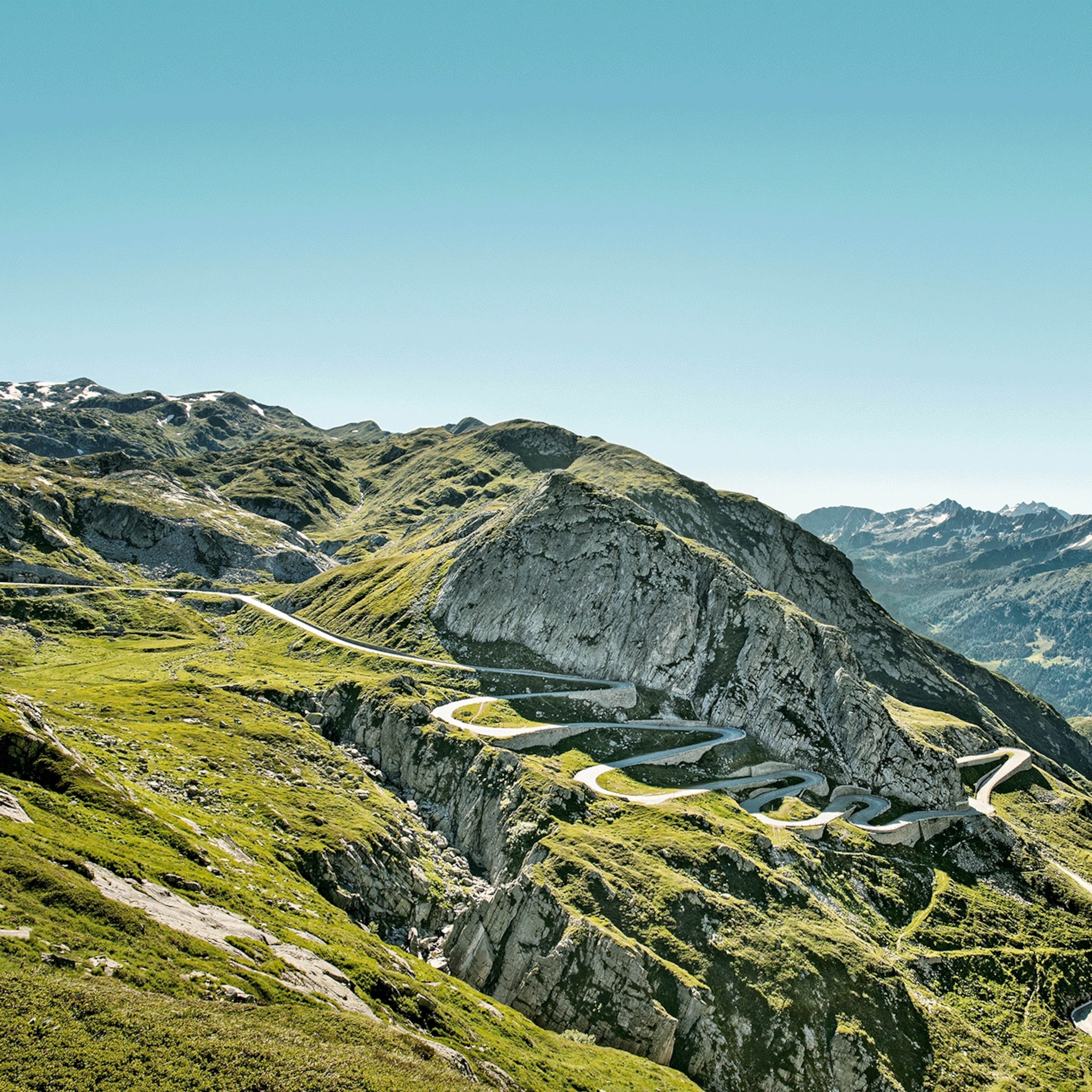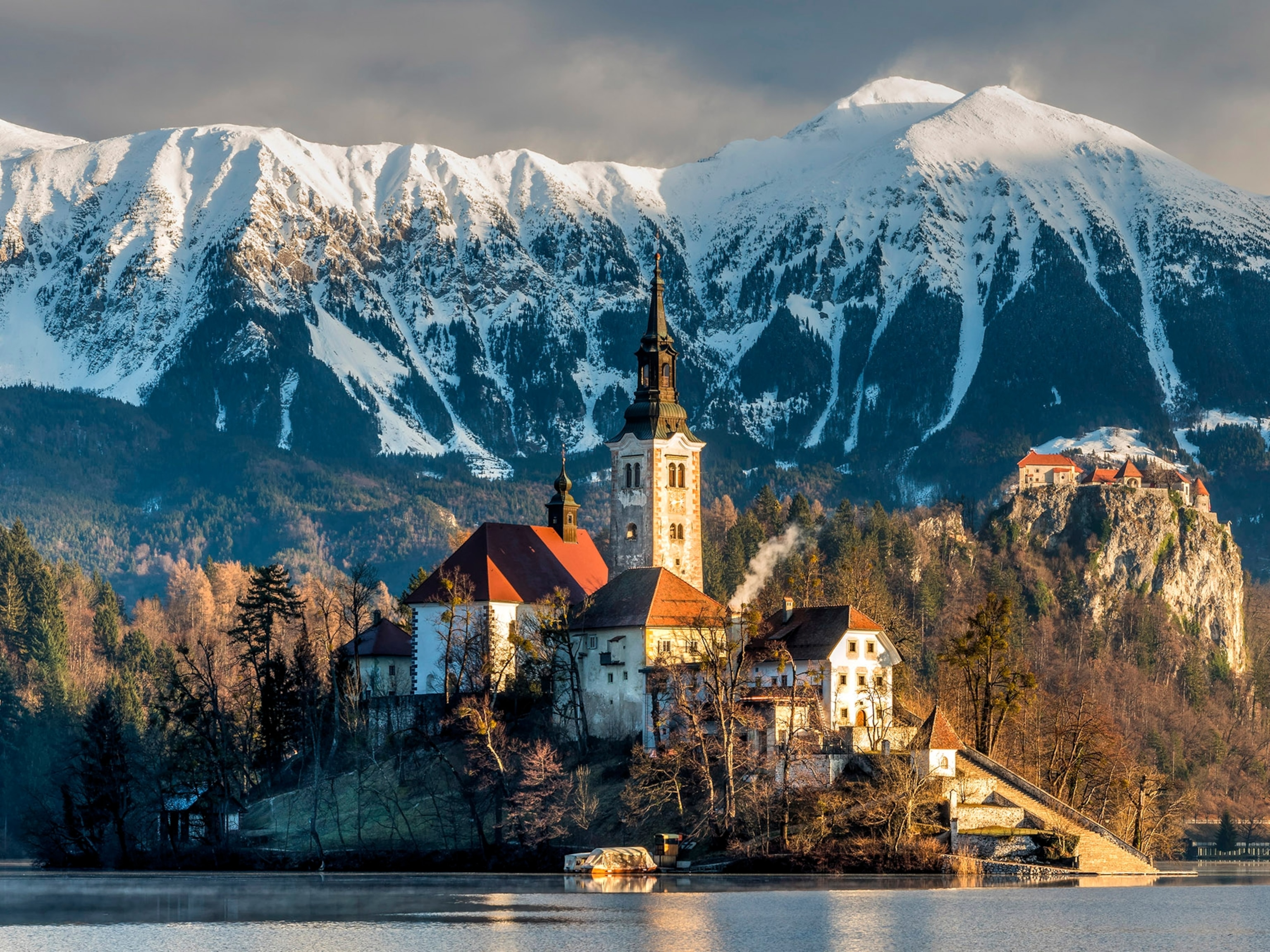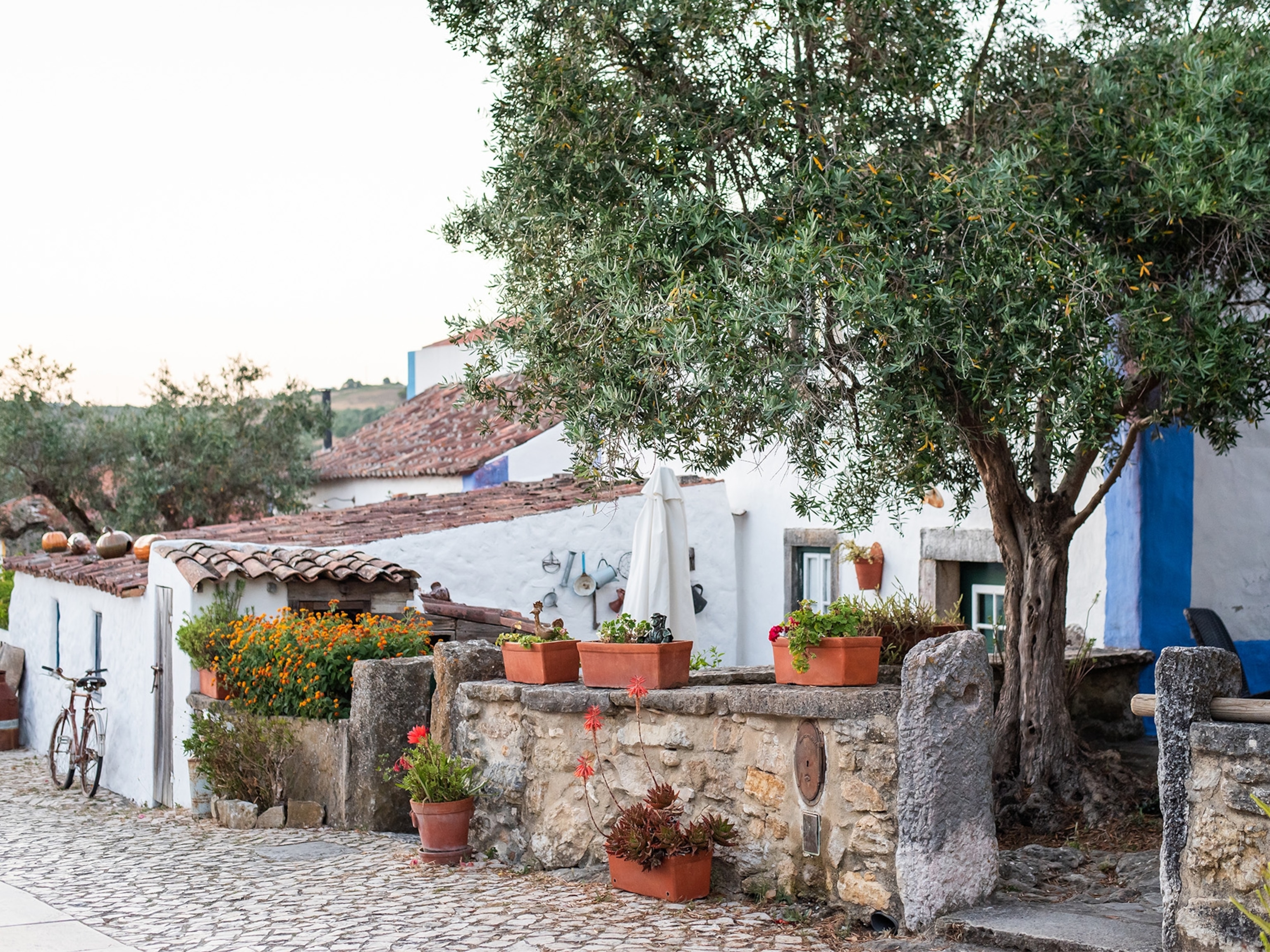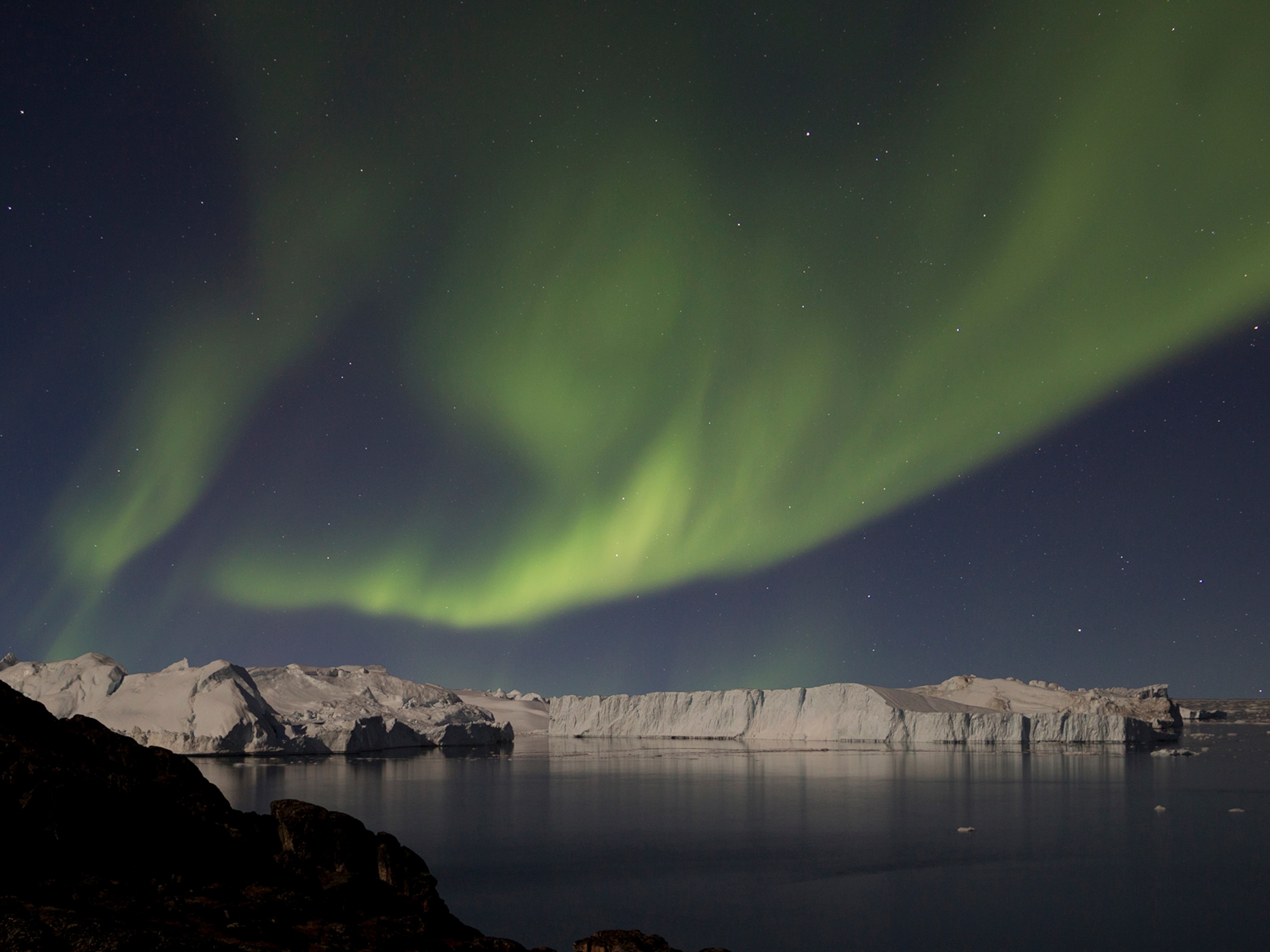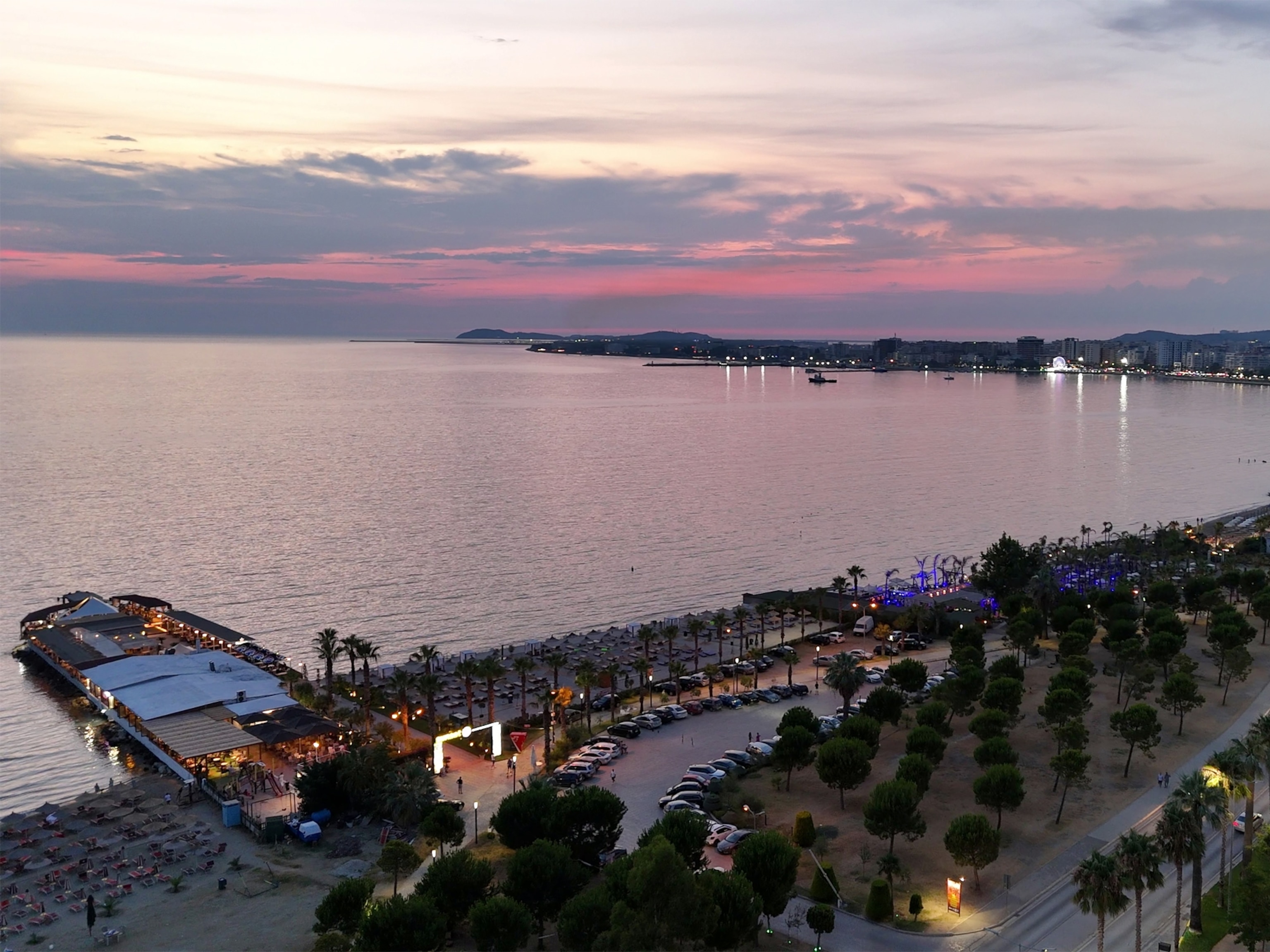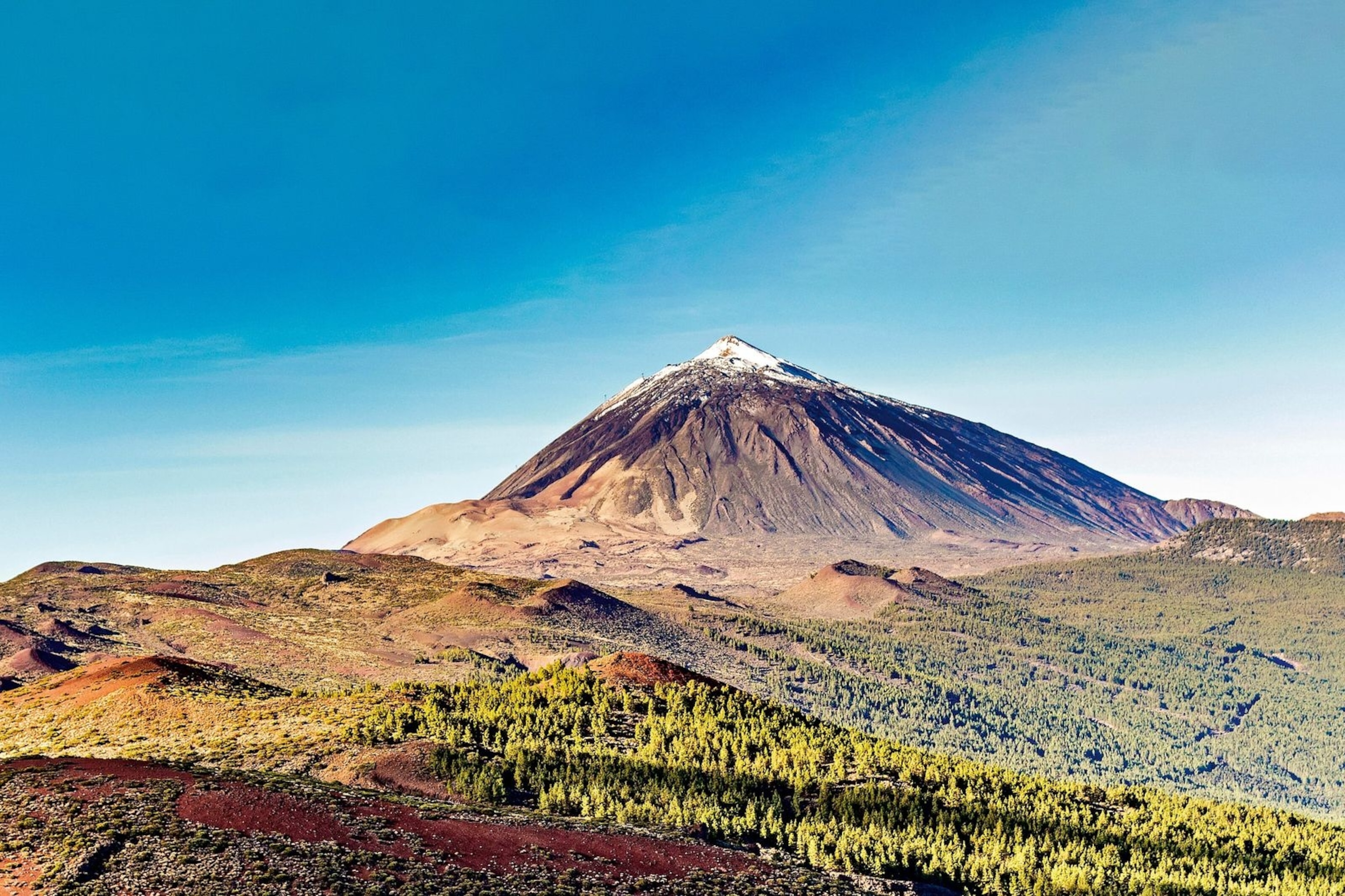
How to spend a weekend on Tenerife's wild northern coast
Dominated by volcanic scenery, Tenerife’s wild northern coast — with its caves, craters and historic villages — offers a bracing alternative to the sun-drenched beaches of the south.
There are two sides to every story. When people think of Tenerife, they often picture the island’s south coast — home to a warm, dry and eternally summery climate and resort towns strung along the shore. The north coast of the largest of the Canary Islands, however, is a different beast: buffeted by bracing trade winds and blessed by Atlantic rain showers, it reveals a greener, wilder and less familiar side of the Canaries — an area where visitors can burrow into the island’s fascinating past.
Here, you’ll find historic, mustard-hued towns and shadowy caves that echo with the legacy of the Indigenous Guanches people. It’s a place where you can swiftly strike into remote and otherworldly landscapes: head north east on ear-popping mountain roads to reach basalt cliffs teetering over a blue sea. In the far north west, meanwhile, the mist-shrouded spine of the Anaga Mountains loom, where mighty rock buttresses preside over on silent beaches.
Of course, beaches have long been the primary draw for visitors to the Canary Islands, and the north has them for all occasions, be it blustery beaches for surfers or serene coves for sunbathers — all formed from brooding, black volcanic sand. The creator behind this volcanic geography is, of course, Mount Teide — the 12,188ft stratovolcano that lords over the island at its centre. It marks the loftiest point on Spanish territory and was once believed by the Guanches to be a domain of the gods. Climbing or driving towards the summit affords truly almighty vistas along the heavenly north coast — towns, forests, beaches and banana groves shaded by the ever-shifting shadow of the mountain.
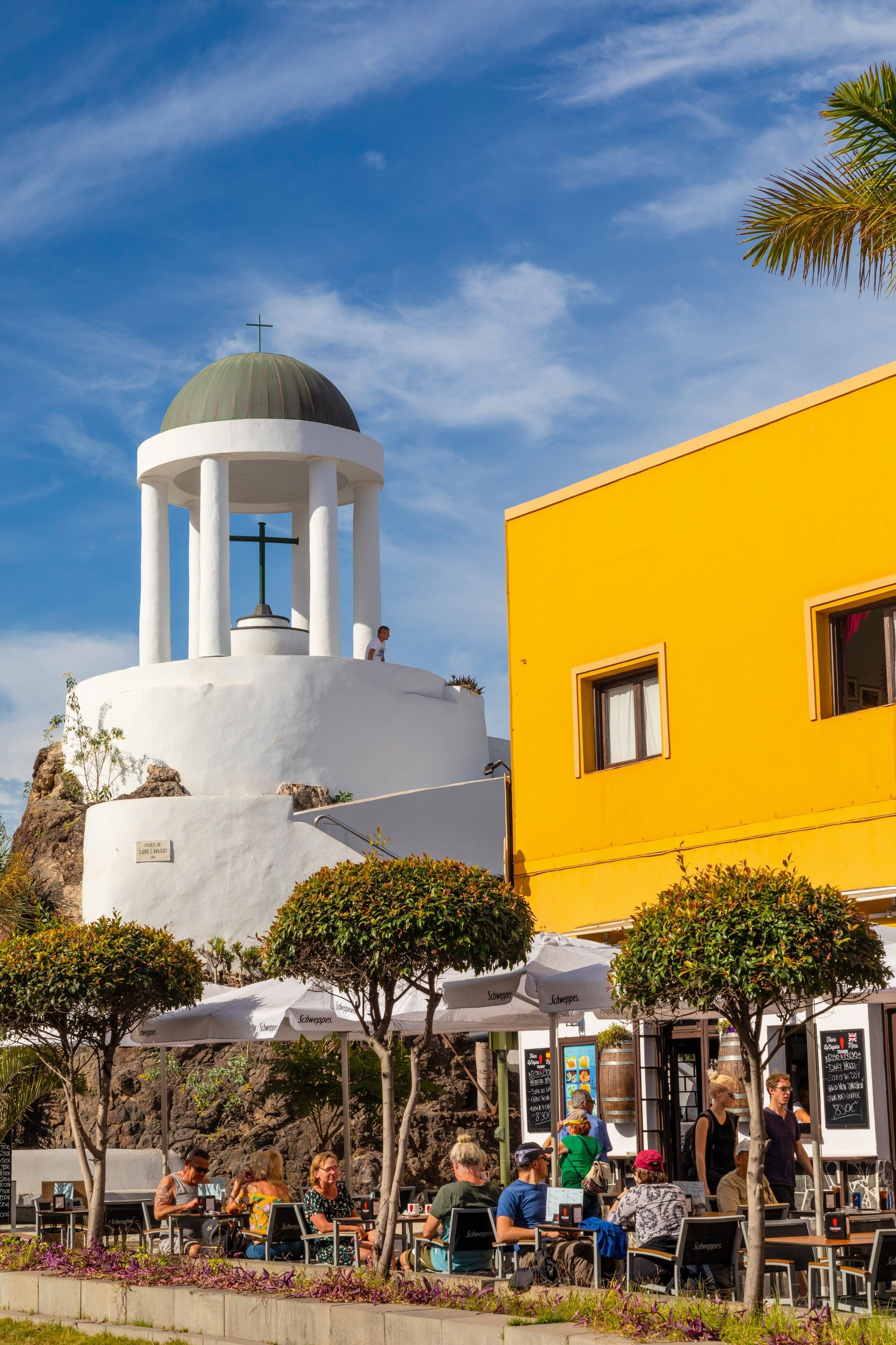
Day one: caves & coves
Morning
Puerto de la Cruz blossomed as a health retreat in the 19th century. Today, it’s in rude health as the north coast’s main town, sprawled lazily along a series of coves. It’s easy to while away a morning watching the fishing boats from its sunny promenades, or wandering under date palms and beside lily ponds in its excellent botanical garden. Don’t leave without going for a dip at Lago Martiánez, a historic water park designed by the Gaudí of the Canary Islands, César Manrique, centred on a series of serene, saltwater pools, where aesthetics and inflatables collide. After you’ve dried yourself off, the old-world Ébano Café is a fine place for a late-morning coffee under the gaze of a 17th-century church.
Afternoon
From Puerto de la Cruz, the coastal road snakes westward between forested hills and the sea. It’s a 30-minute drive to the little town of Icod de los Vinos to see its semi-mythical dragon tree — a bizarre, banyan-like plant rumoured to be 1,000 years old. Afterwards, escape the sunshine with a 10-minute hop up the hill to the entrance of Cueva del Viento — the evocatively named ‘Cave of the Wind’ — for a guided tour of Europe’s largest network of lava tubes. The labyrinth of tunnels, which snakes through Mount Teide, was once used by the pre-Hispanic Guanche people. Re-emerge to savour the sunset at nearby Charco del Viento, a little rocky peninsula with distant views of neighbouring island La Palma.
Evening
Partly destroyed by lava flows in the 18th century, the little village of Garachico was subsequently rebuilt and is perhaps the most graceful settlement on Tenerife’s north coast. In the absence of big hotels and blockbuster beaches, it’s also one of the best places on the island to measure the pulse of traditional Canarian life. Terracotta-roofed houses huddle under the bell tower of the village church and a buttercup-yellow convent, while old men play dominoes and children scamper in the leafy Plaza de la Libertad. Take an evening stroll through the town before adjourning to seafood specialist Restaurante Arístides, where traditional simmered octopus and fresh fish prop up the menu.
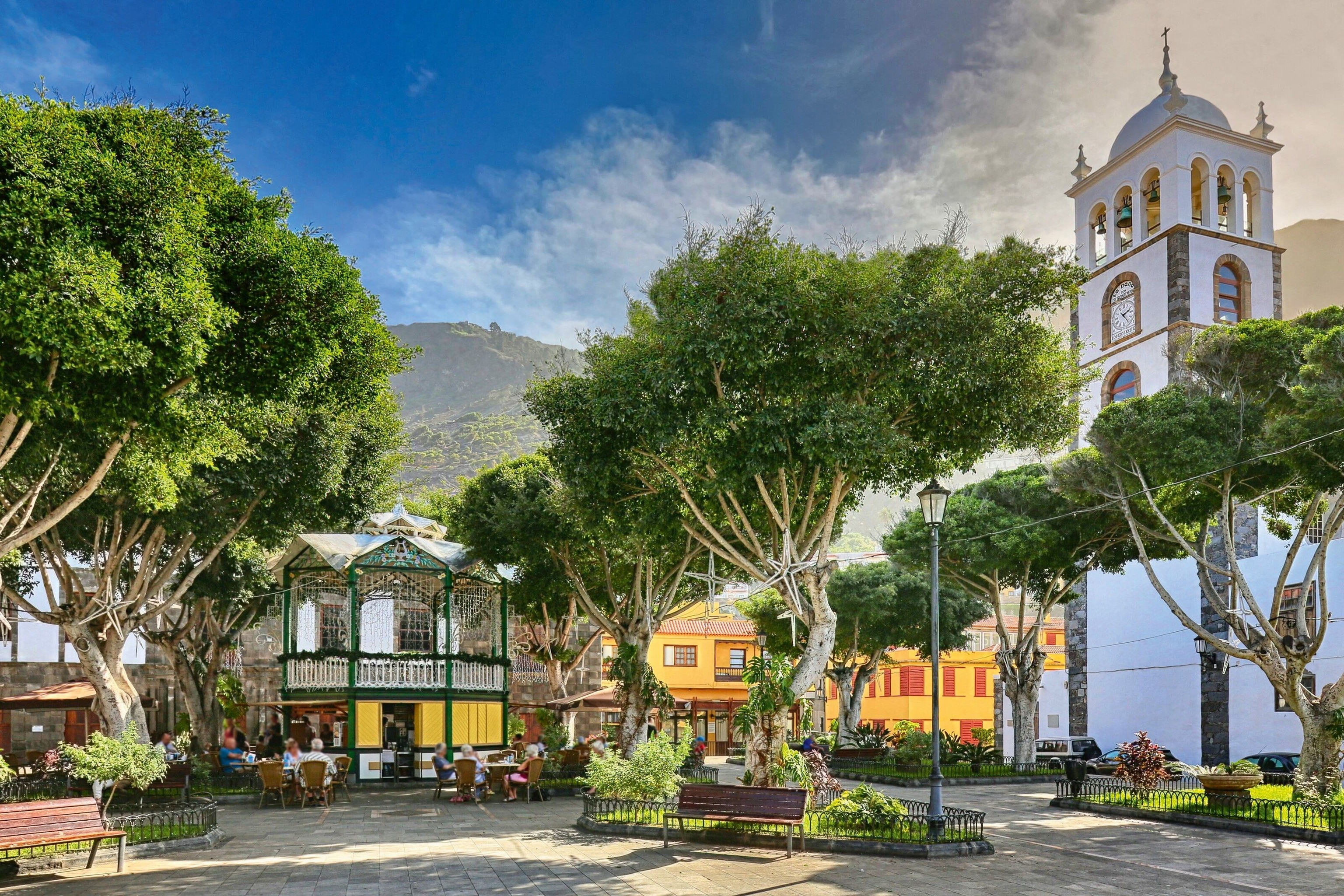
Day two: hills & history
Morning
Just up the hill from Puerto de la Cruz is La Orotava, the highest town in Spain — it’ll also be a high point of any trip to Tenerife, its bell towers, leafy parks and narrow streets cascading down hair-raisingly steep slopes. Start your day wandering among the aristocratic mansions lining Calle San Francisco — the most notable of which is the 17th-century Casa de los Balcones, where tours explore wondrously creaky balconies and a palm-studded central patio. The adjoining museum hosts demonstrations in traditional ceramics and sand art. Afterwards, set a course for homely Casa Egon: a cafe that spills out into a leafy, terraced garden with views out to the Atlantic and up to the summit of Mount Teide. From here, drive an hour eastwards to San Cristóbal de La Laguna and the Anaga Mountains.
Afternoon
The Anaga mountains form a long tapering ridge crowned by laurel forests. Arriving from busy resorts like Puerto de la Cruz, it might feel you’ve crossed a threshold into Middle-earth. Driving into this remote corner of the island is a workout for both the arms and the nerves — expect hairpin bends and lurching drops — but the rewards make it worthwhile, with tarmac roads terminating in villages of poetic isolation. The peaceful hamlet of Afur is a springboard for hikes through a verdant ravine to the remote beach of Playa del Tamadite. A little further east is historic Taganana, another hillside village lost in time, centred on the whitewashed church of Our Lady of the Snows. The last stop is Chamorga, where a smattering of farmhouses cluster in a valley, at whose base a lighthouse blinks out to sea.
Evening
Poised on the saddle between the Anaga range and Mount Teide, La Laguna was once the capital of the Canary Islands, before ceding its crown to busy Santa Cruz just down the hill. By day it’s a handsome university town with a few imposing churches and museums arranged around a grid of pastel-hued streets, but it comes alive after dark, as tapas bars see tables, parasols and gaggles of students spilling onto the cobbles. It’s a great spot for some gastronomic roving. Hidden behind an unassuming red door, tiny Tasca 61 has a fine stock of artisanal cheeses and a slow food ethos, while La Bruma is a contemporary outfit with a tapas menu that delivers big on Canarian seafood. Casa Churro, meanwhile, is where many nights end with the sweet, sticky redemption of churros.
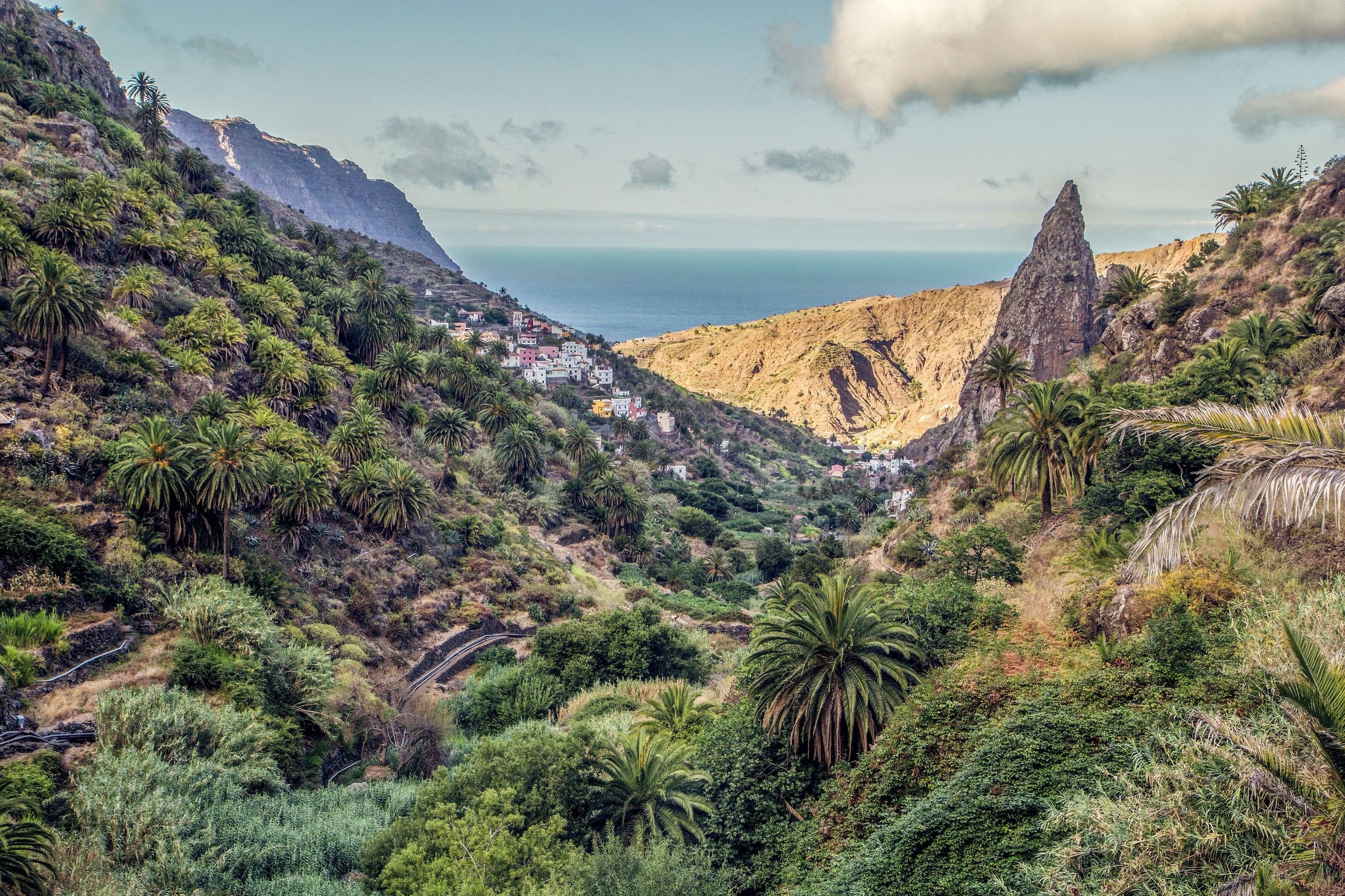
Top three North Coast day trips
The north offers plenty of scope for outdoor adventures, from scaling volcanoes to spotting whales
1. Whale-watching and Los Gigantes
Known to the Guanches as the ‘Walls of Hell’, Los Gigantes are the 1,640ft-high cliffs that dominate Tenerife’s northwestern tip. They’re an hour’s drive from Garachico on the north coast, up a wiggly, 3,000ft-high mountain pass. At the base of Los Gigantes sits a little seaside town of the same name, with a tiny, black-sand beach and a harbour that serves as a springboard for whale- and dolphin-watching trips. November to February is peak season for encounters with migratory humpback whales, but look out for the resident dolphins, too — they’re often seen making acrobatic leaps in the shadow
of the cliffs. Book with local operators Third Element Charters or Flipper Uno.
2. Mount Teide summit
Whether they realise it or not, all visitors to Tenerife travel in the orbit of Mount Teide — the central volcano that’s as high as four Snowdons, and whose summit is visible almost everywhere on the island. A few brave souls apply for a licence to walk to the top over a few days — everyone else drives most of the way there. It’s a 45-minute drive from La Orotava to Las Cañadas del Teide, home to a vast and otherworldly crater, whose open, dusty horizons recall the American West. The summit rises from within this crater, reminiscent of Russian dolls; to cover the last leg, you’ll need to park up and take a steep, spectacular, eight-minute cable-car ride. Savour the sublime views out to sea, but don’t linger too long, as altitude sickness can be an issue at this lofty perch.
3. La Gomera
Among the smallest of the main Canary Islands, La Gomera is Tenerife’s nearest neighbour — close enough to be accessible by 50-minute ferry ride from the quays at Los Cristianos. With barely 20,000 inhabitants, it’s a galaxy apart from Tenerife and its near-million population, and even the briefest day trip can give a sense of a little lost world marooned out in the waves. Look up to Garajonay National Park as the ferry draws closer, the forested roof of the island, dotted with volcanic monoliths. Dock at the island’s humble capital, San Sebastián, amid whose pastel-hued mansions Christopher Colombus stopped to stretch his legs en route to the Americas. Visit the Church of the Assumption, where the explorer was rumoured to have prayed for safe passage.
Top five Tenerife beaches
1. Playa Maria Jimenez
This urban beach sits on the western edge of Puerto de la Cruz, set between a 17th-century castle and a craggy headland blessed with a smattering of fish restaurants. It’s a family favourite but beware of powerful currents (an issue all along the north coast).
2. Playa de Benijo
Reaching this beach at the extreme northeastern tip of Tenerife entails a hair-raising drive down from the Anaga Mountains. It’s a popular spot with surfers; Restaurante Playa Casa Africa, just along the bay, fuels them with traditional Canarian food.
3. Playa de San Telmo
A tiny beach at the heart of Puerto de la Cruz, this is a spot for strong swimmers only, with tidal lagoons defined by surging seawater and scuttling crabs. Even if you don’t go in, the cafe-lined promenade above provides magnificent views.
4. Playa el Bollullo
Concealed by steep cliffs, this cove is off most tourists’ radar — you’ll need to walk down a series of stone steps from the surrounding farmland to get there. There’s plenty of space for sandcastles and sunbathers, or else hole up in the no-frills beach bar.
5. Playa de San Marcos
Beaches become scarcer the closer you get to the northwestern tip of the island, and Playa de San Marcos represents a last hurrah, its black-sand strip backed by a number of whitewashed hotels.

Top three classic Tenerife dishes
1. Papas arrugadas
This is the quintessential Tenerife dish, its name meaning ‘wrinkled potatoes’. The tubers in question will have been sown in fertile, volcanic soil before being cooked in heavily salted water (traditionally seawater). Found across the island, they typically turn up in the company of both red and green pepper sauces — mojo rojo and mojo verde, respectively.
2. Ropa vieja
While it translates rather unappetisingly as ‘old clothes’, in reality this is a hearty stew made with shredded beef and chicken, chickpeas, tomatoes and a fistful of herbs. It’s also a national dish of Cuba, having travelled across the Atlantic with Canarian seafarers.
3. Goat’s cheese
There are artisanal cheeses galore in Tenerife; largely taking the form of goat’s cheese, they’re produced on traditional, family-owned farms. Look out for other goat’s cheeses from across the archipelago — majorero from Fuerteventura (not dissimilar to manchego) and salty palmero from nearby La Palma.
How to do it
Tenerife’s two main airports, the small Tenerife Norte Airport (served by regional flights from Spain) and the much bigger Tenerife South Airport are served by British Airways, Ryanair, EasyJet and Jet2 from several UK hubs. ba.com ryanair.com easyjet.com
Local bus operator Titsa provides a comprehensive network of routes between Garachico, La Orotava, Puerto de la Cruz and La Laguna, but hiring a car is recommended.
Published in the October 2022 issue of National Geographic Traveller (UK)
Follow us on social media
Twitter | Facebook | Instagram

